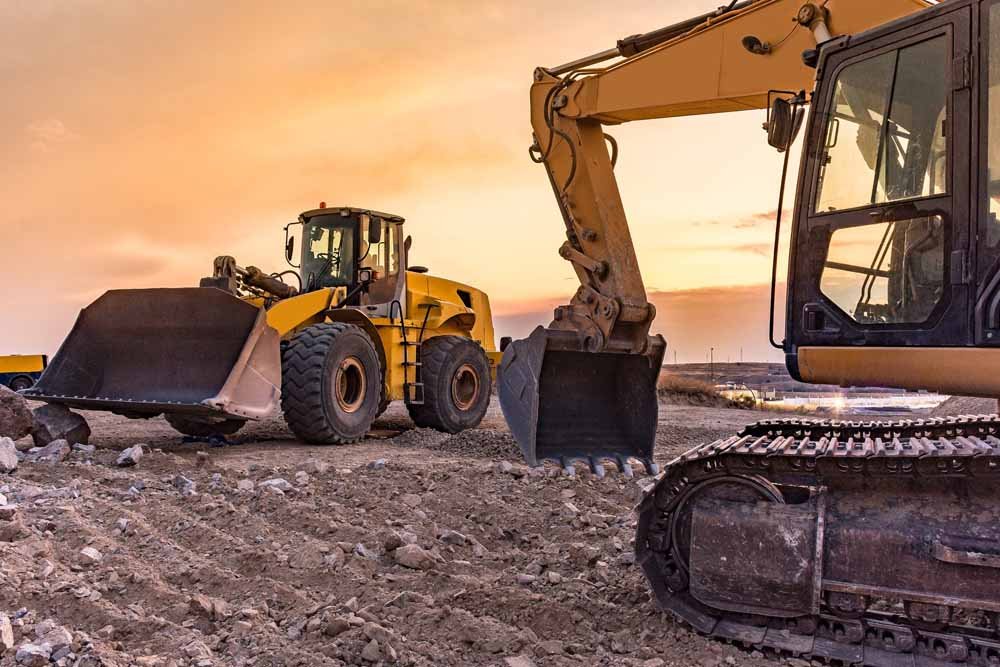An excavator, a versatile and powerful piece of heavy machinery, is used for various tasks such as digging, material handling, demolition, grading, and landscaping – a piece of indispensable equipment in the construction sector.
For construction company managers or owners like yourself, picking the right excavator for your construction project is an essential step that can make or break it. The right excavator promotes efficiency, safety, and cost-effectiveness.
Yet, with the wide range of excavator sizes, types, and features, selecting the most suitable excavator can be confusing or difficult. Luckily, this guide provides the necessary knowledge and considerations for you to make an informed decision. Read on.
Table of Contents
Understand Your Project Requirements
The first step in choosing the right excavator is understanding your construction project’s requirements.
Remember: different construction projects demand different equipment capabilities. For instance, a large-scale construction project might require a heavy-duty excavator with high power and large capacity. In contrast, a compact or mini excavator better serves a smaller landscaping project.
Take into account the following aspects of your construction project when picking the appropriate excavator:
- Project Size And Scope
Assess the size of the site and the scope of the work. Larger sites with extensive excavation needs will require larger excavators with longer reach and greater depth capabilities. Conversely, smaller sites, especially those with limited access, might require mini or midi excavators that can navigate tight spaces.
- Type Of Material
The material type significantly influences excavator selection, necessitating various buckets and attachments for soil, rock, clay, or concrete. Heavier materials require robust equipment and specialized attachments like breakers or crushers.
Luckily, excavator attachment hire offers flexibility, allowing you to adapt to different materials without permanent acquisition. This adaptability enhances efficiency and productivity in handling project-specific materials.

Group of excavator working on a construction site
- Depth And Height Requirements
Determine the maximum depth of excavation and the height at which materials need to be dumped or placed. This will influence the size of the excavator and the type of boom and arm configuration required.
- Environmental Conditions
Consider the working environment and terrain of your project site. Swampy or soft ground conditions may require an excavator with long tracks or even amphibious capabilities. Similarly, projects in urban areas with noise restrictions might benefit from electric or hybrid models.
Choose The Right Excavator Type And Size Needed For The Job
Excavators come in various types and sizes, each suited to specific tasks and environments:
- Mini Or Compact Excavators
These are suitable for small to medium-sized projects such as residential landscaping, minor demolitions, and utility work. Their compact size allows them to operate in tight spaces and are generally easier to transport between sites.
- Standard Excavators
These are the most common types used in various construction and mining projects. They offer a good balance between power and size, making them suitable for a wide range of tasks.
- Large Excavators
Used primarily in large-scale construction and mining operations, large excavators offer the highest power and capacity, which is ideal for moving large volumes of material or heavy-duty digging.
- Wheeled Excavators
These are similar to standard excavators but mounted on wheels instead of tracks. They’re best suited for urban projects where mobility and speed are essential, and the ground conditions allow for wheeled movement.
- Long-reach Excavators
With extended arms and booms, these are used for jobs that require working at a significant height or depth, such as dredging, demolition, or deep trenching.
Evaluate Attachments And Features
Modern excavators come equipped with various attachments and features that can enhance their versatility and efficiency:
- Buckets
Several buckets are available, each designed for specific types of material and excavation work. Selecting the right bucket – whether it’s a general-purpose, heavy-duty, or ditch-cleaning bucket – can greatly impact the efficiency of your operations.
- Hydraulic Attachments
These can transform your excavator into a multi-functional tool. Hydraulic hammers, grapples, augers, and compactors can extend the capabilities of your excavator beyond digging.
- Technology And Safety Features
Modern excavators feature advanced technologies like GPS, 3D mapping, and machine control systems to enhance precision and productivity. Consider incorporating safety features like cameras, sensors, and protective structures to ensure on-site operator and worker safety.
Consider Operational Costs And Support
Consider operational costs, including equipment purchase price, maintenance, fuel, and resale value. Opt for energy-efficient excavators for long-term savings. Ensure the availability of service and parts to minimize downtime. Also, assess excavator comfort and ease of operation, as ergonomic features can significantly enhance productivity and operator satisfaction.
Final Thoughts: Selecting The Optimal Excavator For Your Construction Project
The right excavator selection, informed by your construction project’s dimensions and material types, is crucial for operational efficiency and safety. Utilizing excavator attachment hire enhances versatility and cost-effectiveness, tailoring your equipment to specific tasks without extensive investment. Adequate planning and appropriate tool selection ensure a smooth, successful project outcome.










